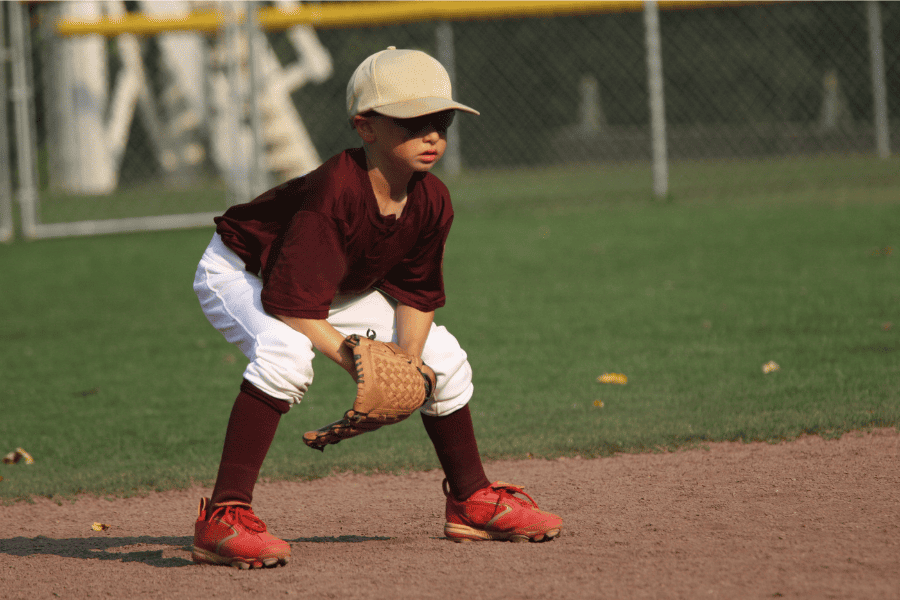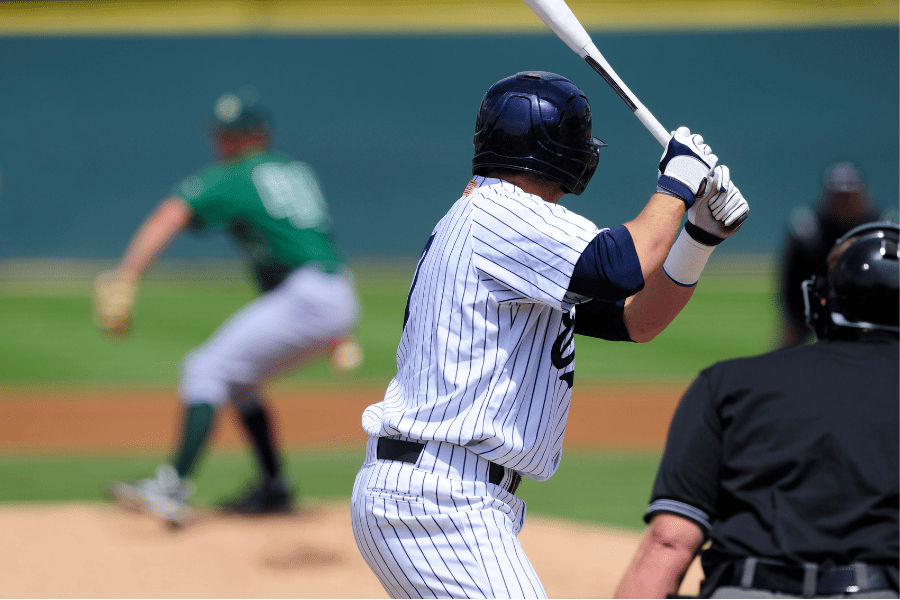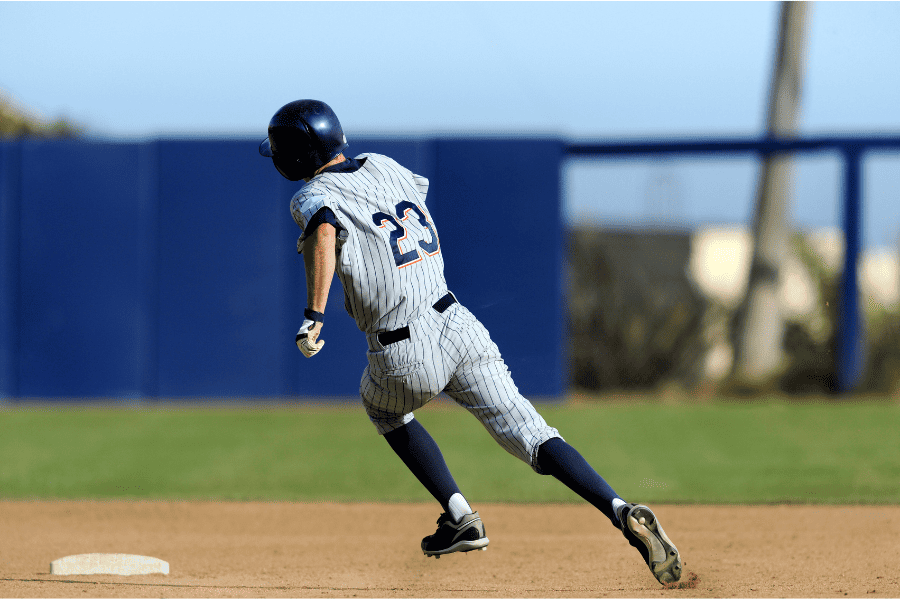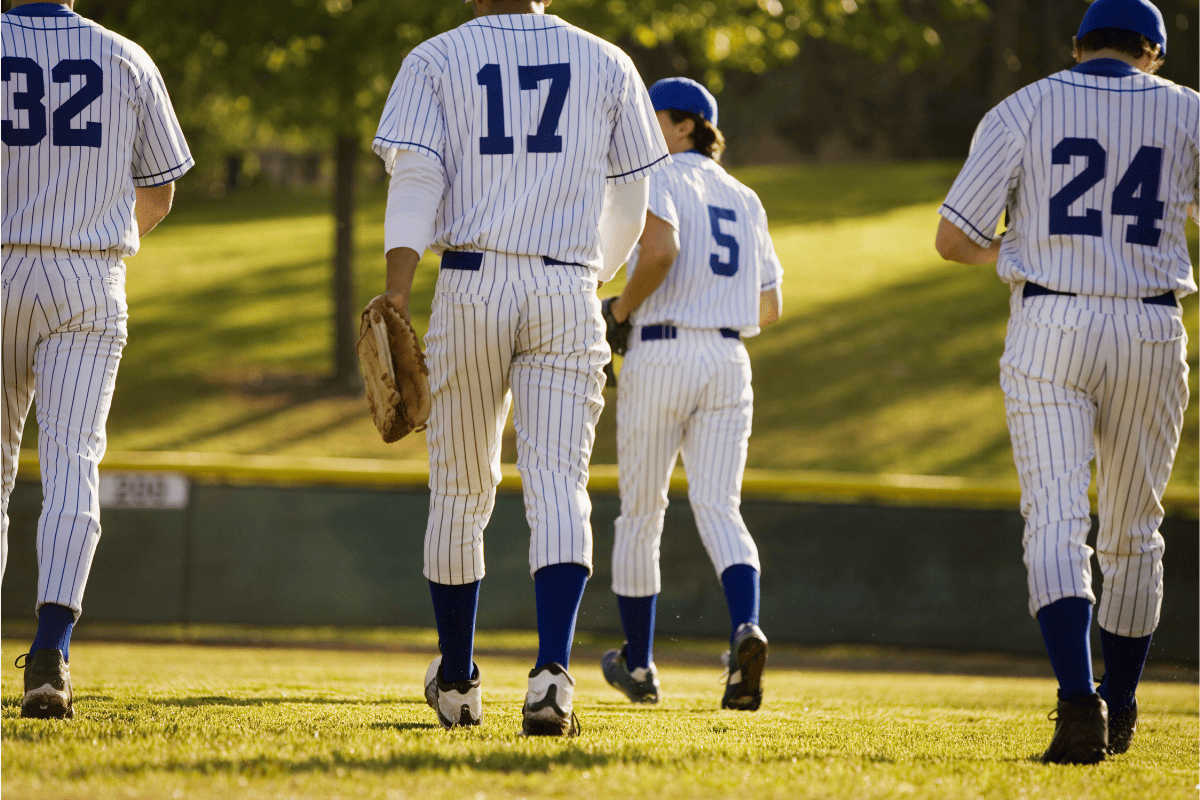What Does a Shortstop Do in Baseball?
The shortstop, designated as position 6 in baseball scorekeeping, is a critical part of a team’s defensive strategy. Situated between the second and third bases, the shortstop has arguably the most challenging defensive role in baseball.
They often field more balls than any other player due to the fact that right-handed hitters, who are more common, tend to hit the ball to the left side of the field.
Shortstops need to possess excellent fielding skills, quick reflexes, and a strong arm to make long throws to first base. In addition to their defensive duties, they often have responsibilities as a base runner and hitter during their team’s offensive turn.
Their position on the field gives them a unique perspective, allowing them to act as on-field leaders. Their ability to quickly and accurately make strategic decisions can significantly affect the outcome of the game, underlining the immense importance of the shortstop in baseball.
Basic Responsibilities of a Shortstop
Positioning on Field
The shortstop is usually positioned between second and third base, slightly closer to the second base. Their location gives them the responsibility of covering a large portion of the infield, primarily to their left but also to their right.
This strategic positioning is because most hitters, who are predominantly right-handed, often hit the ball toward the left side of the field. The shortstop’s placement is vital and can be adjusted depending on the specific batter, game situation, and the team’s defensive strategy.
Role in defense: catching, throwing, and fielding

As a defensive player, the shortstop’s main responsibility is to field ground balls hit in their direction, catch line drives, and sometimes even snag pop flies.
Upon fielding a ground ball, the shortstop must exhibit a quick transfer and a strong, accurate throw to first base to get the runner out. Their arm strength and accuracy are crucial to making somewhat long throws across the diamond to first base.
In addition to fielding, a shortstop needs to have the agility and speed to cover second base when required, particularly in situations where the second baseman is fielding a ball, or when there’s a need to tag out a runner attempting to steal second base.
Involvement in double plays
Shortstops play a vital role in executing double plays, one of the most effective defensive strategies in baseball. A double play happens when two outs are made within a single continuous play.
One common double play involves the shortstop receiving a ball from the third baseman or the pitcher (who have fielded a ground ball), stepping on second base to force out the runner coming from first, and then quickly throwing the ball to the first baseman to force out the batter.
This 5-4-3 (third baseman to shortstop to first baseman) or 1-6-3 (pitcher to shortstop to first baseman) double play highlights the shortstop’s critical role in swiftly and accurately transitioning from fielding to throwing.
Advanced Responsibilities of a Shortstop
Communication with other infielders
Given the shortstop’s central location on the field, they often act as a coordinator for the infield.
They are responsible for communicating and signaling various plays, defensive alignments, and coverage assignments to other infielders. This communication is critical when deciding who will cover second base during a steal attempt or when executing double plays.
Furthermore, during pop-ups in the infield, the shortstop, with their view of the entire field, often takes the lead in calling off other fielders if they have the best chance of making the catch.
Fielding complex plays (shifts, cutoffs, relay throws)
Shortstops must also handle more complex defensive plays. During certain situations, teams employ defensive shifts where fielders move from their standard positions to locations where a hit is statistically more likely to occur.
In such scenarios, the shortstop might move far to their right, sometimes even ending up on the other side of second base.
They also serve as the primary cut-off player for balls hit to left and center fields. When an outfielder fields a ball hit deep, the shortstop positions themselves to receive a throw from the outfield, then relays it to the intended base, providing a faster and more accurate way to get the ball infield.
Role in strategic decision-making during games
During gameplay, shortstops have to make numerous real-time strategic decisions. These can include deciding where to throw the ball to get an out, choosing whether to try for a difficult catch or keep the ball in front of them, or figuring out when to cover a base.
The best shortstops are not only physically skilled but also possess a deep understanding of the game, enabling them to make smart, split-second decisions that can change the outcome of the game. For this reason, a shortstop is often seen as an on-field extension of the team’s manager.
Shortstop’s Role in Offense

Hitting skills and tactics as a shortstop
While the primary responsibility of a shortstop lies in defense, their role in the team’s offense is also crucial. Shortstops are typically not the power hitters of the team; instead, they often excel in ‘small ball.’
They need to have good contact skills, aiming to get on base rather than hitting home runs. Bunting, slap-hitting, and hitting to the opposite field are common tactics employed by shortstops to advance runners or get on base themselves.
Patience and discipline at the plate are also vital. A good shortstop will often try to work the count, taking pitches and drawing walks, to get on base and potentially into scoring position.
They also need to be proficient in situational hitting, like moving a runner over from second to third with a well-placed ground ball to the right side of the field.
Base running responsibilities and strategy

Once on base, the shortstop’s speed and agility come into play. They need to be smart base runners, capable of stealing bases and taking extra bases when the opportunity presents itself. Moreover, they should understand the game situation, knowing when it’s worth taking a risk and when it’s better to play it safe.
Furthermore, when on deck (next in line to bat), they need to watch the game closely, understand the pitcher’s habits and the defense’s weaknesses, and strategize their approach at the plate accordingly.
All these responsibilities underline the fact that a shortstop’s offensive role goes beyond just hitting; they must be savvy base runners and tactical thinkers as well.
History of the Shortstop Position
The shortstop position has evolved considerably since the inception of baseball. In the earliest forms of the game, the shortstop was not involved in the primary defensive configuration.
Instead, they were placed as a short fielder, a little further from the infield to catch or cut off harder hits that could pass the infielders.
As baseball evolved and the pitcher’s role became more specialized with faster and varied pitches, the role of the shortstop changed. They moved into the infield and gradually assumed the responsibilities that we associate with the position today.
Over the years, as the game became faster and more strategic, the shortstop’s role expanded beyond fielding.
Today, the position is viewed as the defensive linchpin of the team, with the shortstop often playing a significant role in double plays and acting as the on-field strategic leader.
Famous shortstops that helped shape the position
Several prominent shortstops have left their mark on baseball history, contributing to the evolution of the position.
- Honus Wagner, a member of the early 20th century Pittsburgh Pirates, is considered one of the greatest shortstops in history. His remarkable hitting ability, coupled with his range and arm strength on defense, helped redefine the shortstop position.
- Another influential figure is Ozzie Smith, known as “The Wizard.” Playing for the St. Louis Cardinals in the 1970s and 1980s, Smith was famous for his defensive prowess, agility, and acrobatic plays, which brought a new level of athleticism to the position.
- Derek Jeter, who played his entire career for the New York Yankees, is one of the more recent players who has significantly influenced the shortstop role. Known for his clutch hitting, leadership, and consistency on defense, Jeter helped solidify the importance of a reliable and strategic shortstop.
These players, among others, have helped shape the shortstop’s role into what it is today: a critical position requiring a combination of physical skills, strategic thinking, and leadership abilities.
Final Thoughts
The shortstop’s role in baseball is multifaceted and vital to the team’s success. Their strategic placement on the field allows them to be involved in a significant portion of the defensive plays, from fielding ground balls and line drives to executing or assisting in double plays.
The physical skills required for the position, including speed, agility, and a strong throwing arm, are complemented by the mental attributes necessary to make quick, sound decisions on the field.
On the offensive side, shortstops contribute as hitters and base runners. They often employ smart hitting tactics to get on base or advance runners, and their speed and game sense make them a threat once they reach base.
Finally, their responsibilities extend beyond the physical realm, as they frequently act as the infield’s communication hub and the on-field extension of the team’s manager, highlighting their leadership role.

